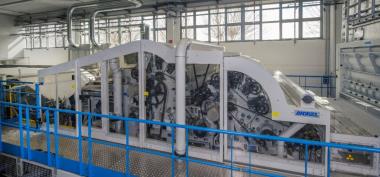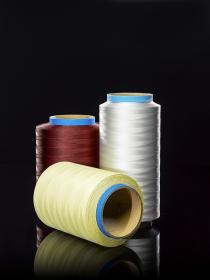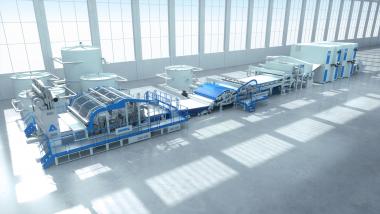ANDRITZ to supply a second needlepunch line to Manifattura Fontana
ANDRITZ has received an order from Manifattura Fontana, part of Sioen Group, to supply a complete neXline needlepunch line for the production of geotextiles to its site in Romano d’Ezzelino, Italy. Start-up of the line is planned for the fourth quarter of 2022.
The ANDRITZ needlepunch line will cover all process steps from fiber opening to automatic packaging of the product. The line will also include the latest ProWin profiling technology to enhance web weight evenness on cards and crosslappers. Another important feature is waterproof roll packaging, which is increasingly in demand on the market. Thus, Manifattura Fontana will be one of the very few players in the world to deliver fabric rolls with waterproof protection.
This will be the second line in only three years to be supplied by ANDRITZ to Manifattura Fontana. Manifattura Fontana is part of the Belgian technical textile group Sioen Industries. It is a leading company in the global geotextile market and provides its customers with added-value geotextiles for many applications, such as the construction of roads, railways, reservoirs, dams, and tunnels, as well as for earthworks, foundations, erosion control, drainage, waste disposal, or containment.
ANDRITZ AG

















